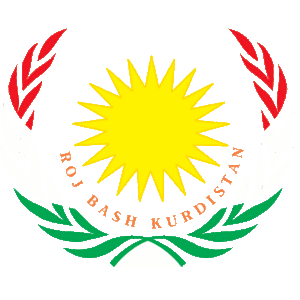After Iraqi forces take Tikrit, a wave of looting and lynching
A vehicle belonging to Shi’ite militia fighters pulls the body of an Islamic State fighter, who was killed during clashes with Iraqi forces, in Tikrit April 1, 2015.
On April 1, the city of Tikrit was liberated from the extremist group Islamic State. The Shi'ite-led central government and allied militias, after a month-long battle, had expelled the barbarous Sunni radicals.
Then, some of the liberators took revenge.
Near the charred, bullet-scarred government headquarters, two federal policemen flanked a suspected Islamic State fighter. Urged on by a furious mob, the two officers took out knives and repeatedly stabbed the man in the neck and slit his throat. The killing was witnessed by two Reuters correspondents.
The incident is now under investigation, interior ministry spokesman Brigadier General Saad Maan told Reuters.
Since its recapture two days ago, the Sunni city of Tikrit has been the scene of violence and looting. In addition to the killing of the extremist combatant, Reuters correspondents also saw a convoy of Shi'ite paramilitary fighters – the government's partners in liberating the city – drag a corpse through the streets behind their car.
Local officials said the mayhem continues. Two security officers, speaking on condition of anonymity, said on Friday that dozens of homes had been torched in the city. They added that they had witnessed the looting of stores by Shi'ite militiamen.
Later Friday, Ahmed al-Kraim, head of the Salahuddin Provincial Council, told Reuters that mobs had burned down "hundreds of houses" and looted shops over the past two days. Government security forces, he said, were afraid to confront the mobs. Kraim said he left the city late Friday afternoon because the situation was spinning out of control.
"Our city was burnt in front of our eyes. We can't control what is going on," Kraim said.
It wasn't supposed to be this way. Islamic State, an Al Qaeda offshoot that arose from the chaos in Iraq and Syria, slaughtered thousands and seized much of northern and central Iraq last year. The government offensive was meant not only to dislodge the group but also to transcend the fundamental divide in fractured Iraq: the enmity between the now-ruling Shi'ite majority and the country's formerly dominant Sunni minority.
Officials close to Prime Minister Haidar al-Abadi, a moderate Shi'ite, had described the Tikrit campaign as a chance to demonstrate his government's independence from one source of its power: Iraqi Shi'ite militias backed by Shi'ite Iran and advised by Iranian military officers. Sunnis deeply mistrust and fear these paramilitaries, accusing them of summary executions and vandalism. But Abadi has had to rely on the Shi'ite militias on the battlefield, as Iraq's regular military deserted en masse last summer in the Islamic State onslaught.
The militia groups spearheaded the start of the Tikrit assault in early March. But after two weeks of fighting, Abadi enforced a pause. Asserting his power over the Shi'ite militias, he called in U.S. airstrikes.
Now, the looting and violence in Tikrit threaten to tarnish Abadi's victory. It risks signaling to Sunni Iraqis that the central government is weak and not trustworthy enough to recapture other territory held by Islamic State, including the much larger city of Mosul. Tikrit, hometown of the late dictator Saddam Hussein, is in the Sunni heartland of Iraq.
At stake is much more than future votes: Islamic State's rapid conquests in 2014 were made possible by support from Sunni tribal forces and ordinary citizens. They were convinced that the government – under Abadi's predecessor, Nuri al-Maliki – viewed their community as terrorists. If Sunnis dislike what they see in Tikrit, they may not back the government's efforts against Islamic State.
Link to Full Article - Photos:
http://www.reuters.com/article/2015/04/ ... =worldNews























